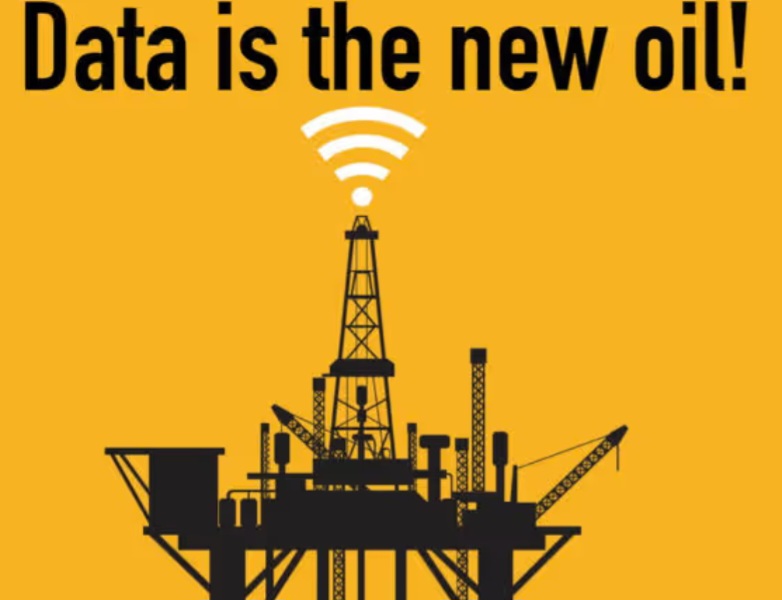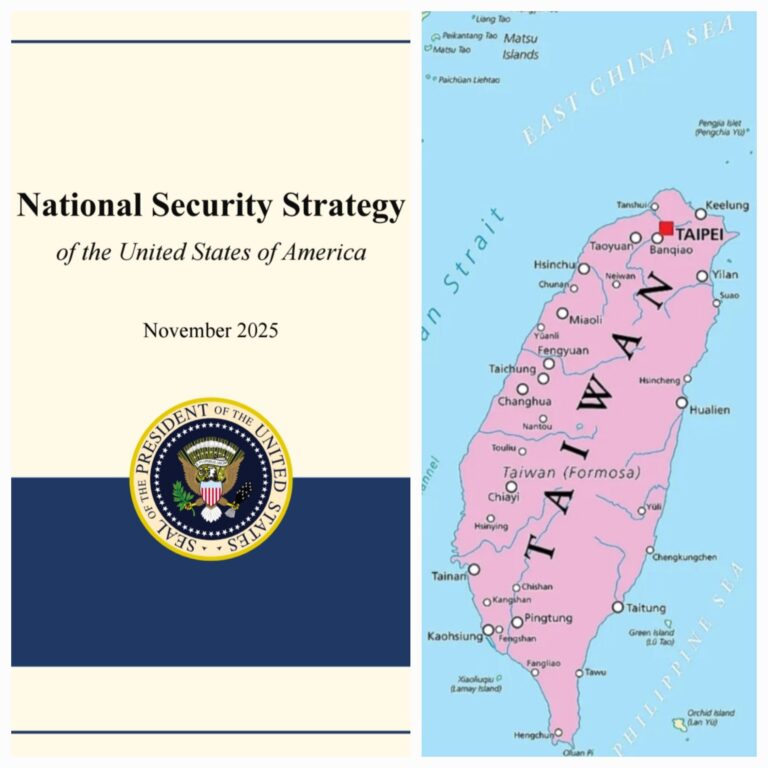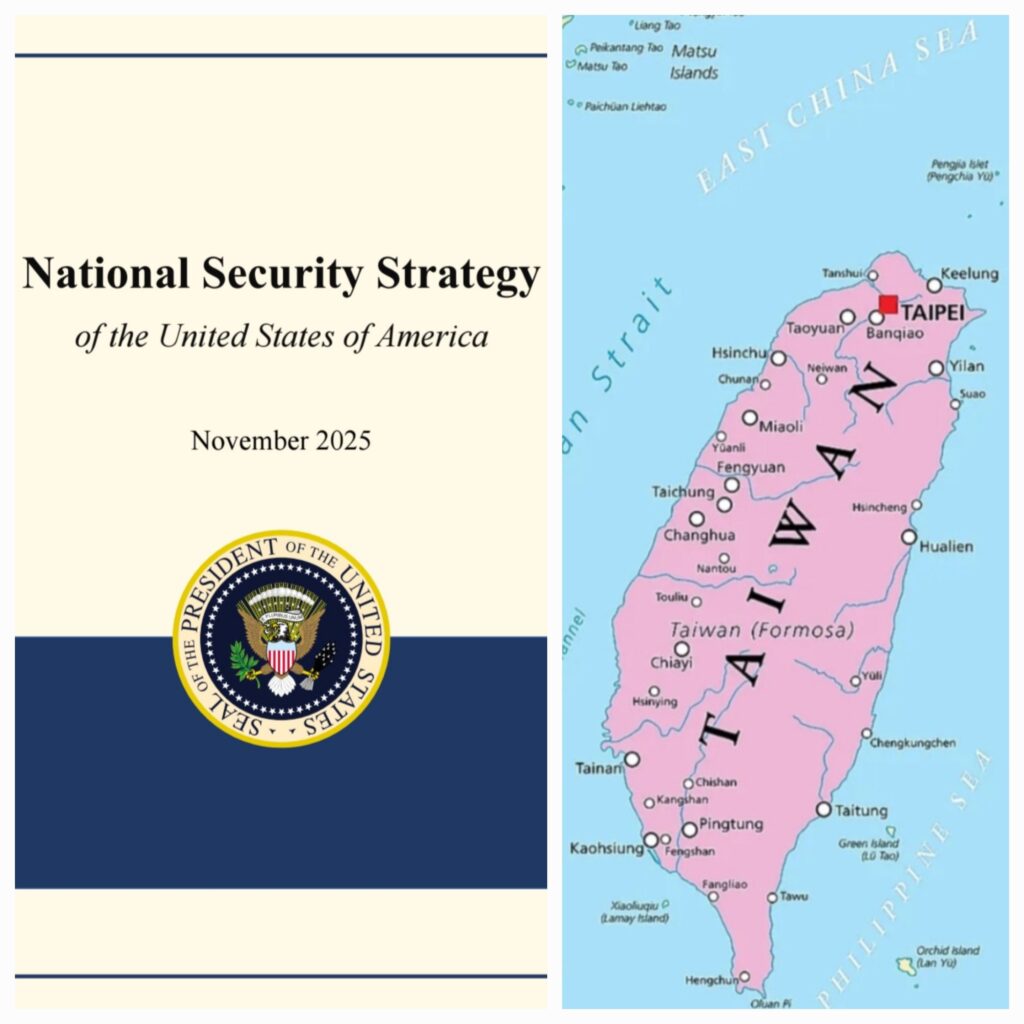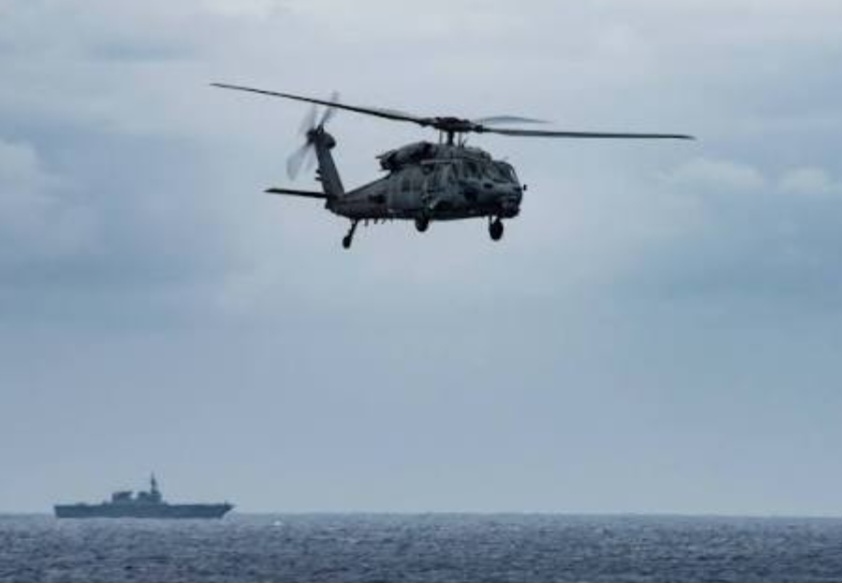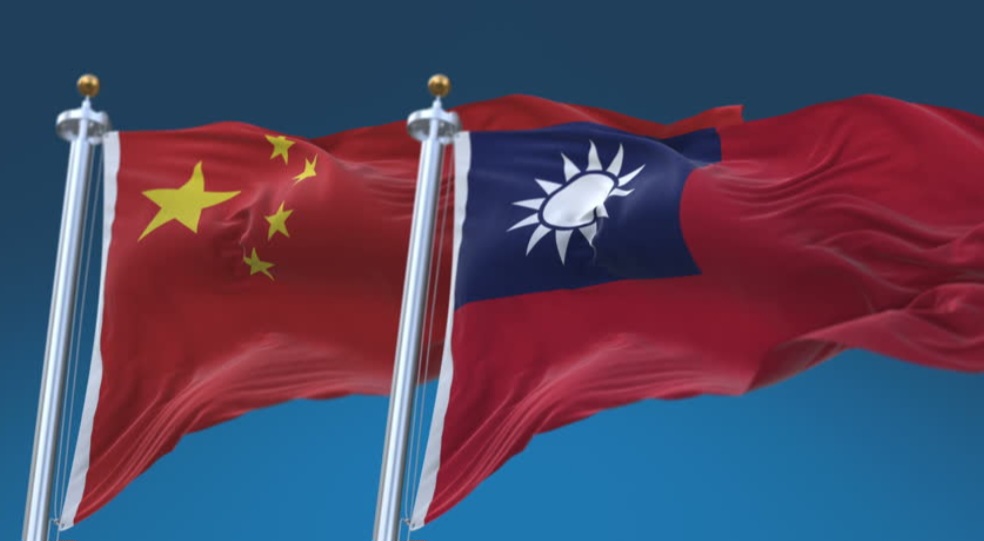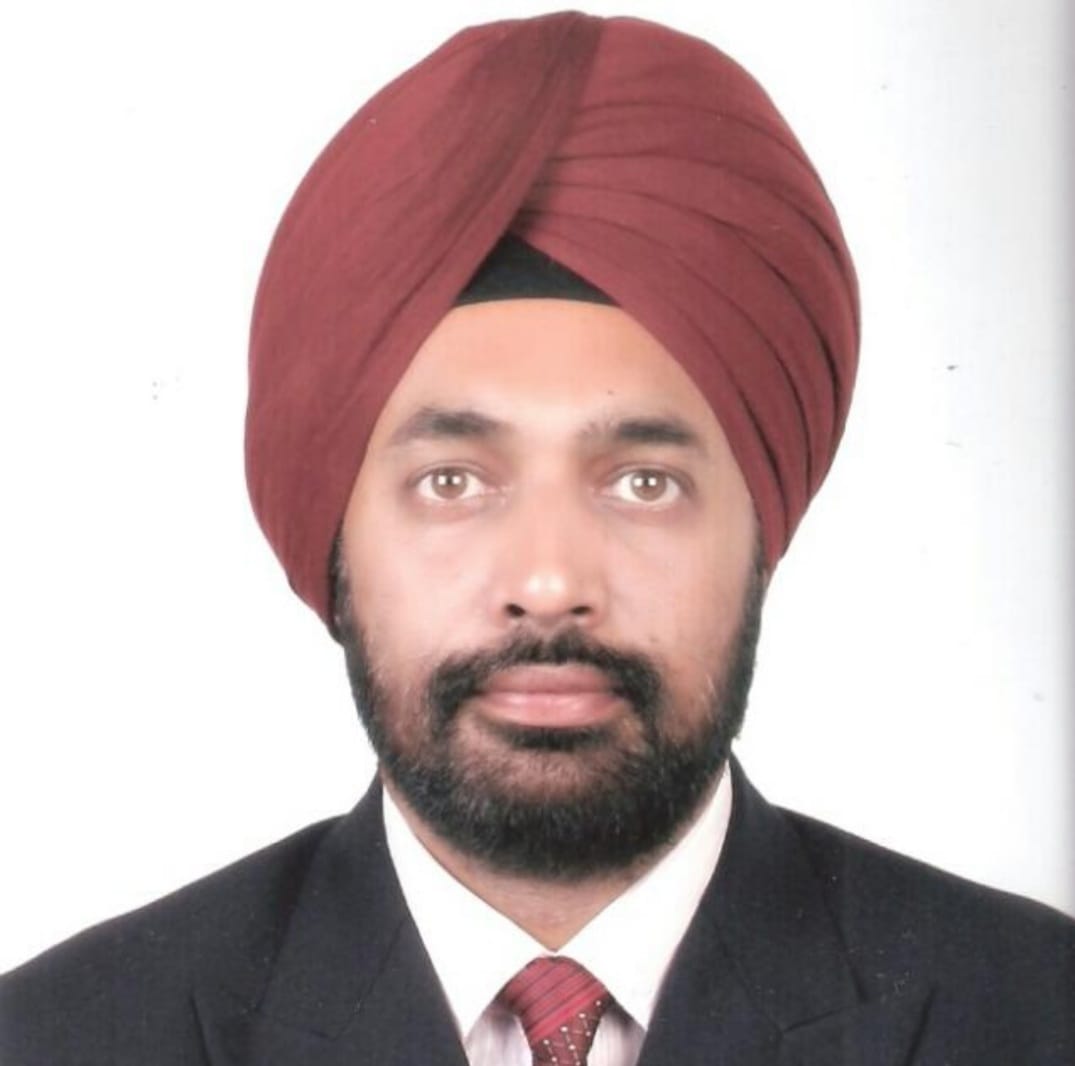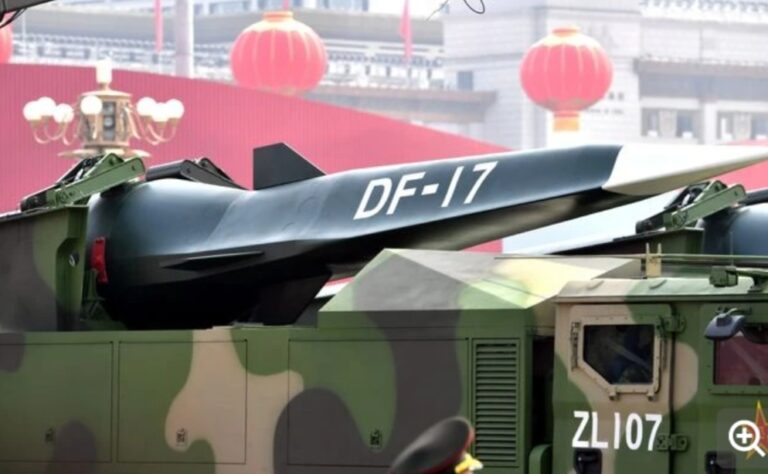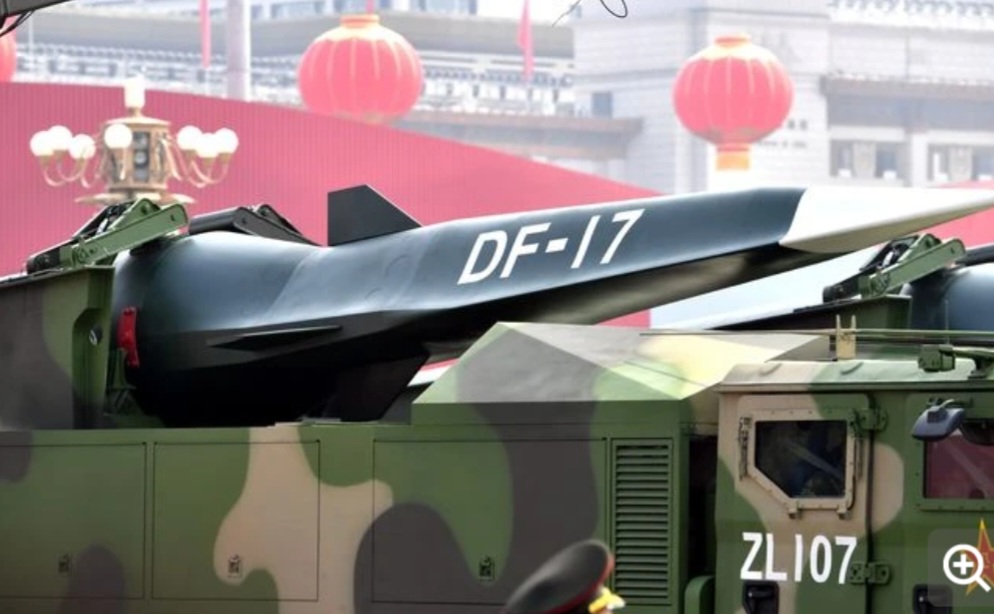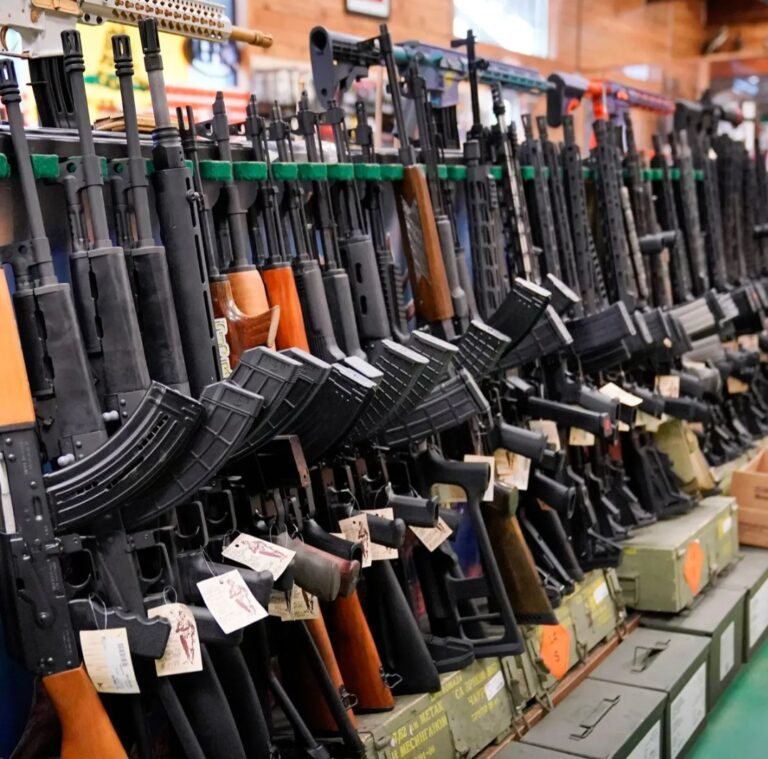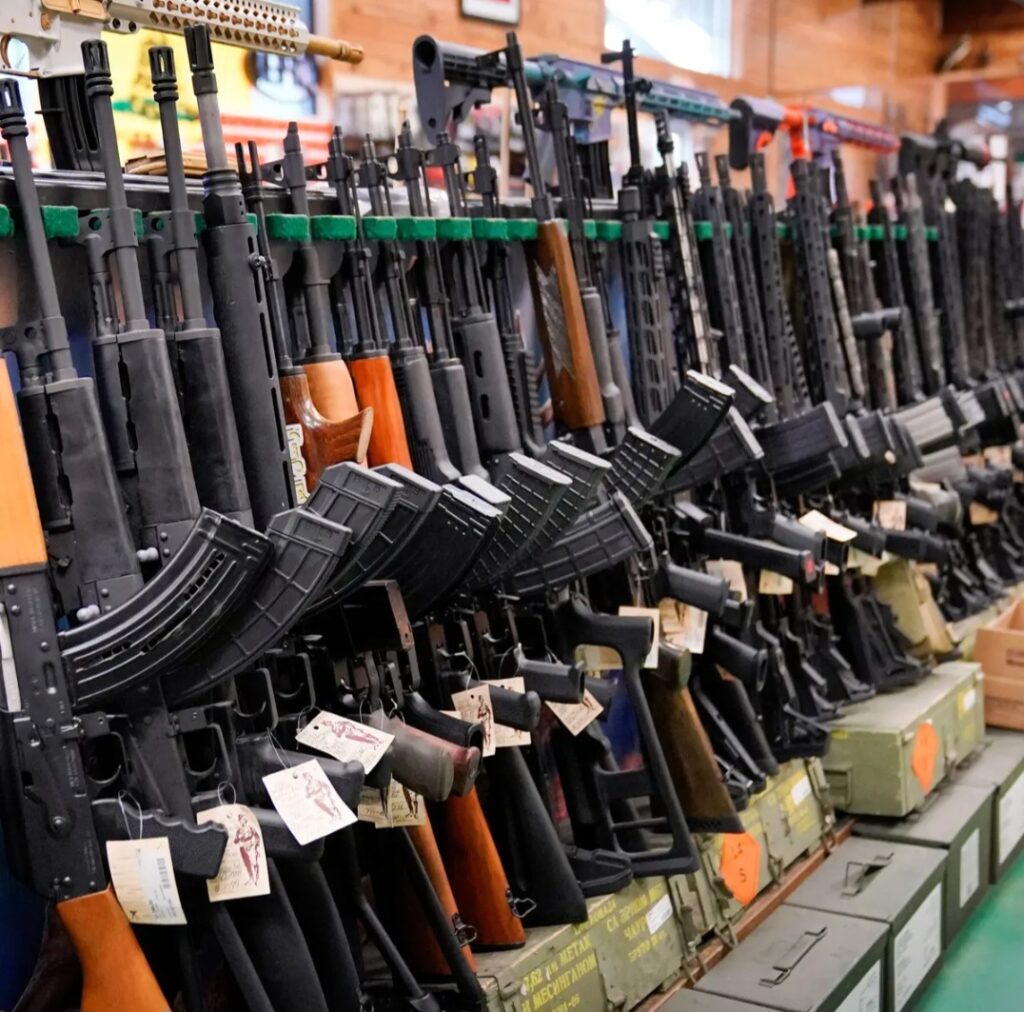By: Tushar Jain, Research Analyst, GSDN
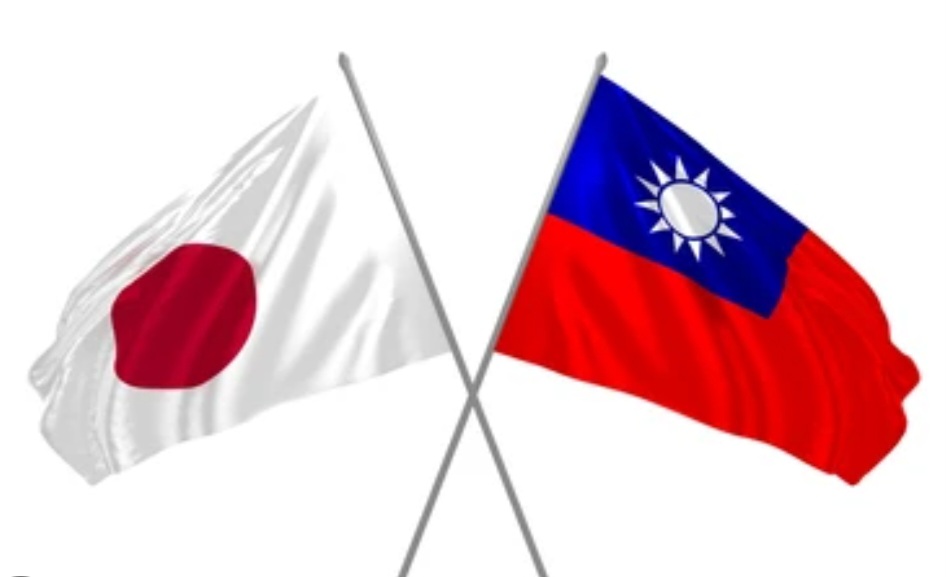
The Taiwan Strait has become one of the most sensitive and dangerous regions in global politics in recent years. Rising tensions between China and Taiwan have drawn the attention of not only regional actors but also global powers. Any military conflict between China and Taiwan would not remain limited to these two parties. Instead, it would have serious consequences for the entire Indo-Pacific region and beyond. Among all neighbouring countries, Japan would be one of the most directly affected by a Chinese invasion of Taiwan.
Japan’s geographical proximity to Taiwan, its economic dependence on regional stability, and its long-standing security concerns regarding China mean that it cannot remain unaffected by developments across the Taiwan Strait. Unlike distant powers, Japan shares nearby sea lanes, island chains, and security space with Taiwan. This makes the Taiwan issue not just a foreign policy matter for Japan, but a question of national security.
This makes it important to examine whether Japan can actually help Taiwan in such a situation. The answer is not simple and cannot be reduced to a clear “yes” or “no.” Japan’s response would depend on several interconnected factors, including constitutional limits, military capability, political will, and the strategic consequences of Taiwan falling under Chinese control. Understanding these factors is essential to analysing Japan’s possible role in a future Taiwan crisis.
China’s One China Policy
China follows the One China policy, under which it claims Taiwan as an inseparable part of its territory. According to Beijing, there is only one sovereign Chinese state, and Taiwan is considered a breakaway province that must eventually be reunified with the mainland. This position has remained consistent since the establishment of the People’s Republic of China in 1949.
While China states that it prefers peaceful reunification, it has repeatedly declared that it will not rule out the use of force if Taiwan moves towards formal independence or if external powers interfere in what China considers its internal affairs. Over the years, China has increased military pressure on Taiwan through large-scale military exercises, airspace intrusions, and naval deployments around the island.
Most countries in the world, including Japan, officially accept the One China policy. As a result, Japan does not maintain formal diplomatic relations with Taiwan and does not recognise it as an independent country. However, accepting the One China policy does not mean that Japan supports China’s position in reality. Instead, Japan maintains strong unofficial relations with Taiwan in areas such as trade, culture, education, and technology.
China’s growing military presence around Taiwan and its increasingly assertive posture have transformed the Taiwan issue from a political disagreement into a serious regional security concern. For Japan, the possibility of a Chinese invasion of Taiwan represents a direct challenge to regional stability and Japan’s own safety.
Japan and Taiwan: Close Without Recognition
Despite the absence of formal diplomatic recognition, Japan and Taiwan share a close and friendly relationship. Historical connections, cultural exchanges, and strong economic ties have contributed to positive relations between the two societies. Japan is one of Taiwan’s major trading partners, and Japanese companies have long invested in Taiwan’s economy. At the same time, Taiwan is an important market for Japanese goods and technology.
People-to-people relations between Japan and Taiwan are particularly strong. Taiwanese tourists frequently visit Japan, and Japanese public opinion towards Taiwan is largely positive. Opinion polls in Japan often show that Taiwan is viewed more favourably than many other countries, reflecting a sense of trust and goodwill.
A key pillar of this relationship is Taiwan’s semiconductor industry. Taiwan produces some of the world’s most advanced semiconductor chips, which are essential for modern economies. Japan’s automobile manufacturing, electronics sector, and defence industries rely heavily on these chips. If Taiwan were to fall under Chinese control, Japan could lose secure access to these semiconductors, leading to serious economic disruption and technological vulnerability.
Although Japan and Taiwan do not have a military alliance, both rely heavily on the United States for regional security and share concerns regarding China’s growing military power. Japan often stresses the importance of peace and stability in the Taiwan Strait, using careful language that signals concern without openly confronting China. This cautious approach reflects Japan’s attempt to balance its strategic interests with diplomatic constraints.
Two Questions That Decide Everything
Before analysing Japan’s possible role in a Chinese invasion of Taiwan, two major questions arise. The answers to these questions shape not only Japan’s response, but also the overall direction and intensity of the conflict.
The first question is whether Japan has the military capability and legal basis to help Taiwan. Without the necessary legal authority, even a strong military cannot be used effectively. Japan’s constitution plays a decisive role in defining the limits of its military action.
The second question is whether Japan has the political will and strategic motivation to help Taiwan. Even if Japan is capable of acting, it must still decide whether intervention aligns with its national interests. This involves weighing the risks of confrontation with China against the costs of inaction.
Together, these two questions form the foundation of any serious analysis of Japan’s involvement in a Taiwan contingency.
Question One: Does Japan Have the Capability and Legal Basis to Help Taiwan?
Japan does not officially maintain an army. Instead, it operates the Japan Self-Defense Forces (JSDF), which include ground, naval, and air components. This structure exists because of Japan’s post-war constitution, which limits the use of military force. Despite these constitutional restrictions, the Japan Self-Defense Forces is widely regarded as one of the most technologically advanced military forces in Asia.
Japan’s maritime and air capabilities are particularly strong. Its navy possesses advanced destroyers and submarines, and its air force operates modern fighter jets. Japan has also invested heavily in missile defence systems to counter regional threats. These capabilities allow Japan to defend its territory, monitor surrounding waters, and respond effectively to regional security challenges.
However, Japan’s biggest limitation is legal rather than military. Article 9 of the Japanese Constitution renounces war and prohibits the use of force to settle international disputes. This provision was adopted after World War II to prevent Japan from returning to militarism. As a result, Japan cannot initiate war or engage in offensive military operations.
A Chinese invasion of Taiwan, by itself, does not automatically allow Japan to use military force. Taiwan is not a formal ally of Japan, and Japan itself may not be directly attacked at the beginning of such a conflict. This legal reality significantly restricts Japan’s ability to act independently.
In 2015, however, Japan introduced security legislation allowing limited collective self-defence. Under this framework, Japan may use force if a close partner, primarily the United States, is attacked and if the situation poses a serious threat to Japan’s survival. This marked a major shift in Japan’s security policy.
If a Chinese invasion of Taiwan involves attacks on U.S. bases in Japan, threatens Japan’s sea lanes, or places Chinese forces dangerously close to Japanese territory, Japan could legally justify military action as an existential necessity. In such a scenario, Japan would not claim to be defending Taiwan directly, but rather protecting its own security and fulfilling its obligations to its ally.
Even within these limits, Japan can still play a significant role. By allowing U.S. forces to operate from bases in Japan, defending its southwestern islands, providing intelligence and surveillance, and intercepting missiles threatening its territory, Japan can indirectly but effectively support Taiwan’s defence.
Question Two: Does Japan Have the Political Will and Strategic Motivation to Help Taiwan?
Japan’s strategic motivation to respond to a Taiwan crisis is strong and continues to grow. Geography plays a central role in shaping Japan’s thinking. Taiwan is located extremely close to Japan, with some Japanese islands situated just over one hundred kilometres away. If China controls Taiwan, Chinese military forces would be able to operate extremely close to Japan’s Okinawa region, significantly increasing security risks.
Another major concern is the Senkaku Islands, which are administered by Japan but claimed by China. Taiwan currently acts as a buffer between China and Japan. If China occupies Taiwan, pressure on the Senkaku Islands is likely to increase, making Japan’s territorial position more vulnerable and increasing the risk of military confrontation.
Economic and technological concerns further strengthen Japan’s motivation. Japan’s heavy dependence on Taiwan’s semiconductor industry means that a Chinese takeover of Taiwan could disrupt global supply chains and force Japan into technological dependence on China. This would weaken Japan’s economic resilience and strategic autonomy.
In addition, most of Japan’s energy imports pass through sea routes near Taiwan. Chinese control over Taiwan would allow China to threaten these vital routes, posing a direct risk to Japan’s economy and daily life. Energy security is a core component of national security for an island nation like Japan.
Because of these combined factors, many Japanese policymakers believe that Taiwan’s security is closely linked to Japan’s own security, even if Japan does not state this openly. This belief increasingly influences Japan’s defence planning and strategic outlook.
The Role of the United States
Japan’s response to a Taiwan conflict cannot be separated from its alliance with the United States. The U.S.–Japan security alliance is the cornerstone of Japan’s defence policy. U.S. military bases in Japan play a central role in maintaining regional stability and would be critical in any operation related to Taiwan.
If U.S. bases in Japan are attacked during a conflict, Japan would be legally justified in responding under collective self-defence. This makes Japan’s involvement in a Taiwan crisis closely tied to U.S. actions and decisions.
Other countries, such as Australia and the Philippines, may offer indirect support through logistical assistance or base access. Groupings like the QUAD increase diplomatic and strategic pressure on China, even though they are not formal military alliances.
Conclusion
Japan cannot openly declare war on China to defend Taiwan, nor can it act as Taiwan’s main military protector. Constitutional limits and diplomatic realities restrict direct intervention. Japan’s pacifist constitution continues to shape its military posture and limits its freedom of action.
However, Japan is not powerless. Through logistical support, intelligence sharing, defensive military operations, and close coordination with the United States, Japan can play an important role in shaping the outcome of a Taiwan conflict. Its involvement may be indirect, but it would still be strategically significant.
Ultimately, Japan’s involvement would not come from ambition but from necessity. A Chinese invasion of Taiwan would directly threaten Japan’s security, economy, and territorial integrity. Therefore, while Japan may hesitate, strategic reality suggests that it would find it difficult to remain completely neutral in the face of such a crisis.



